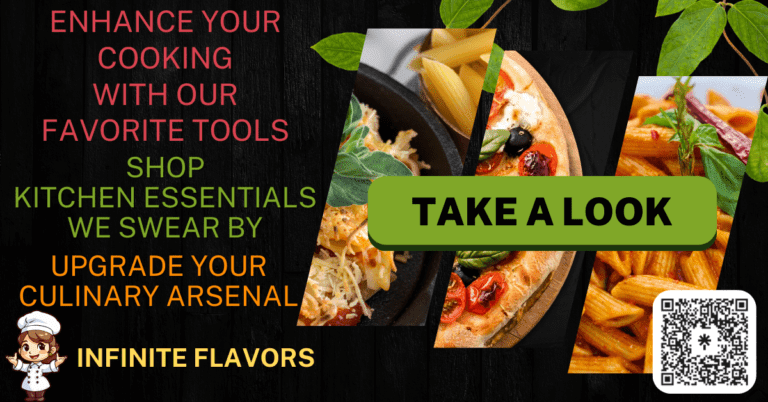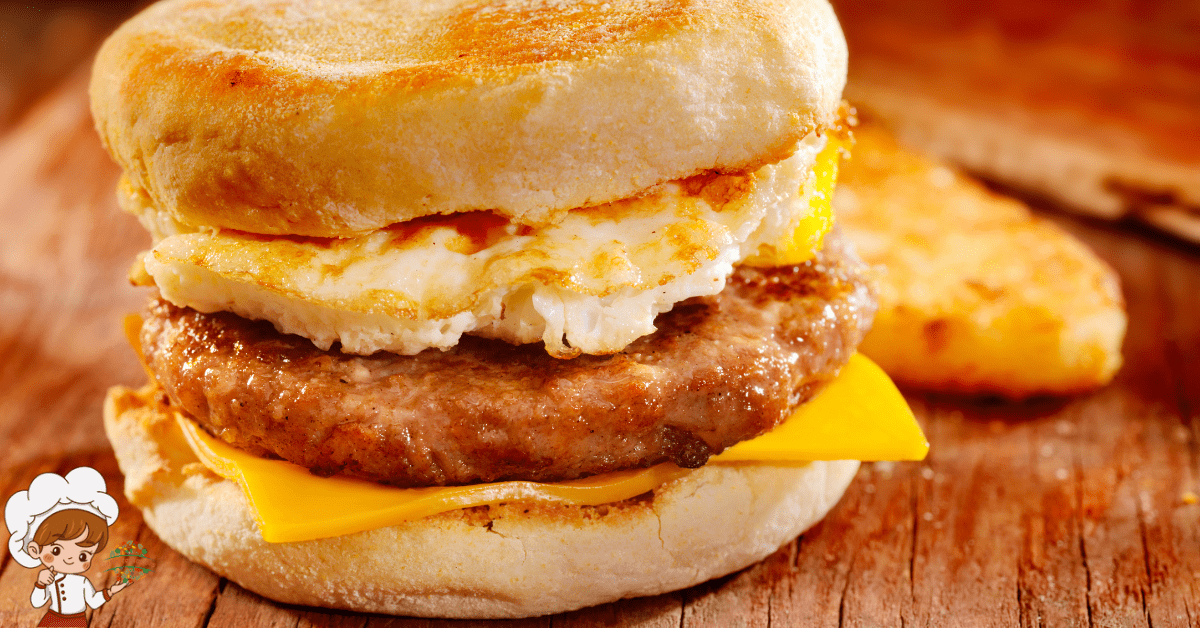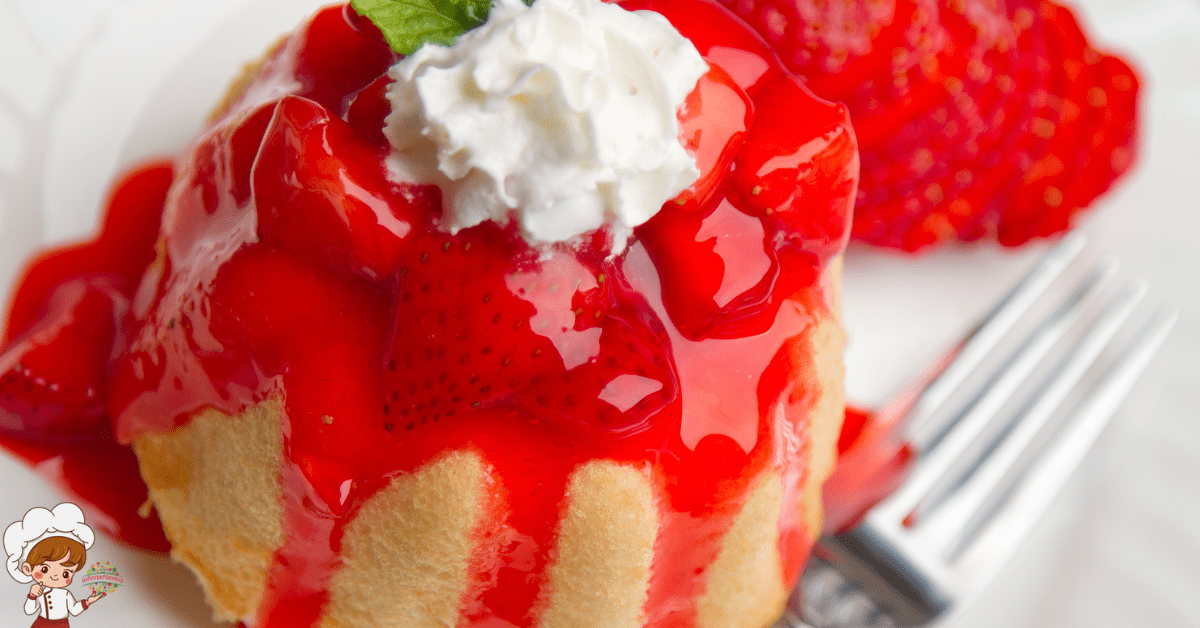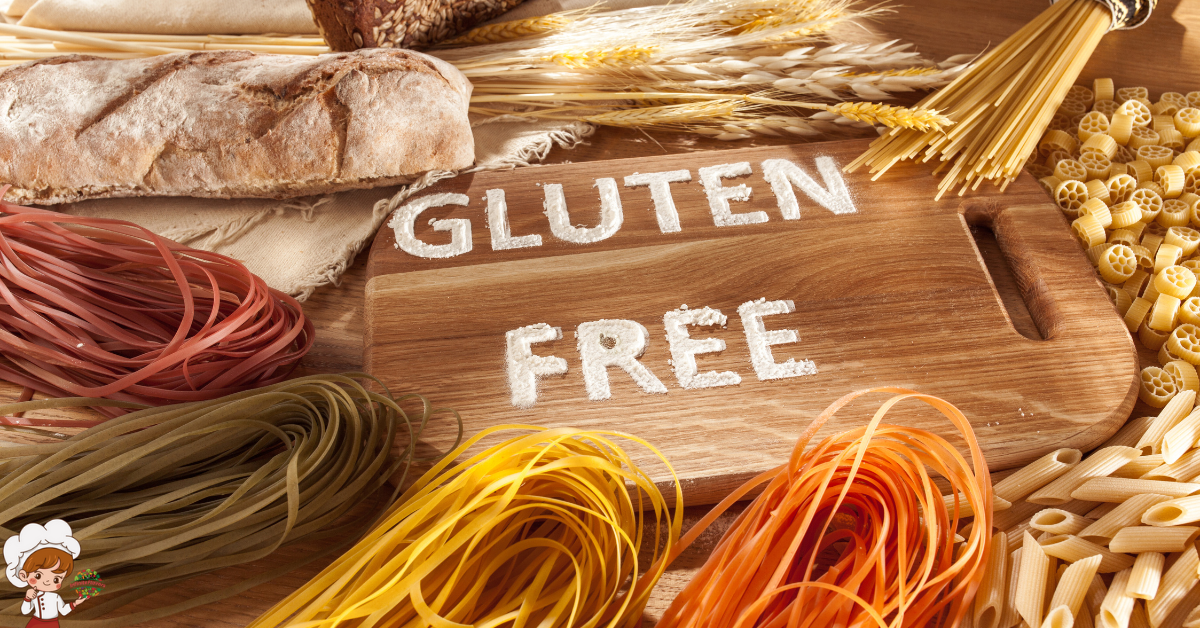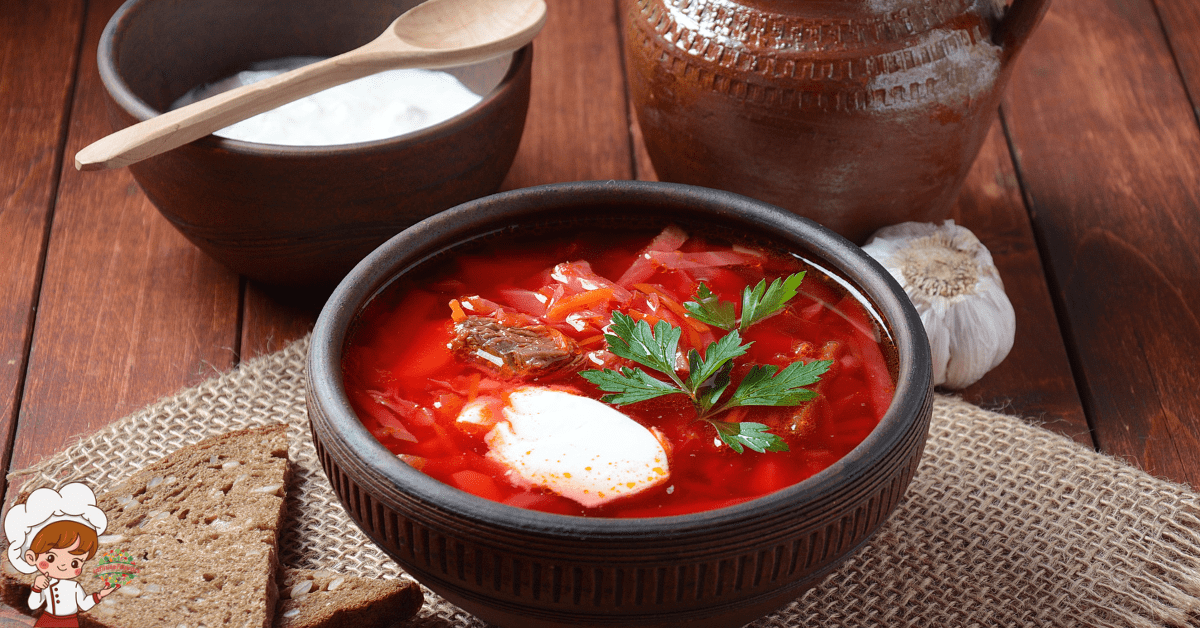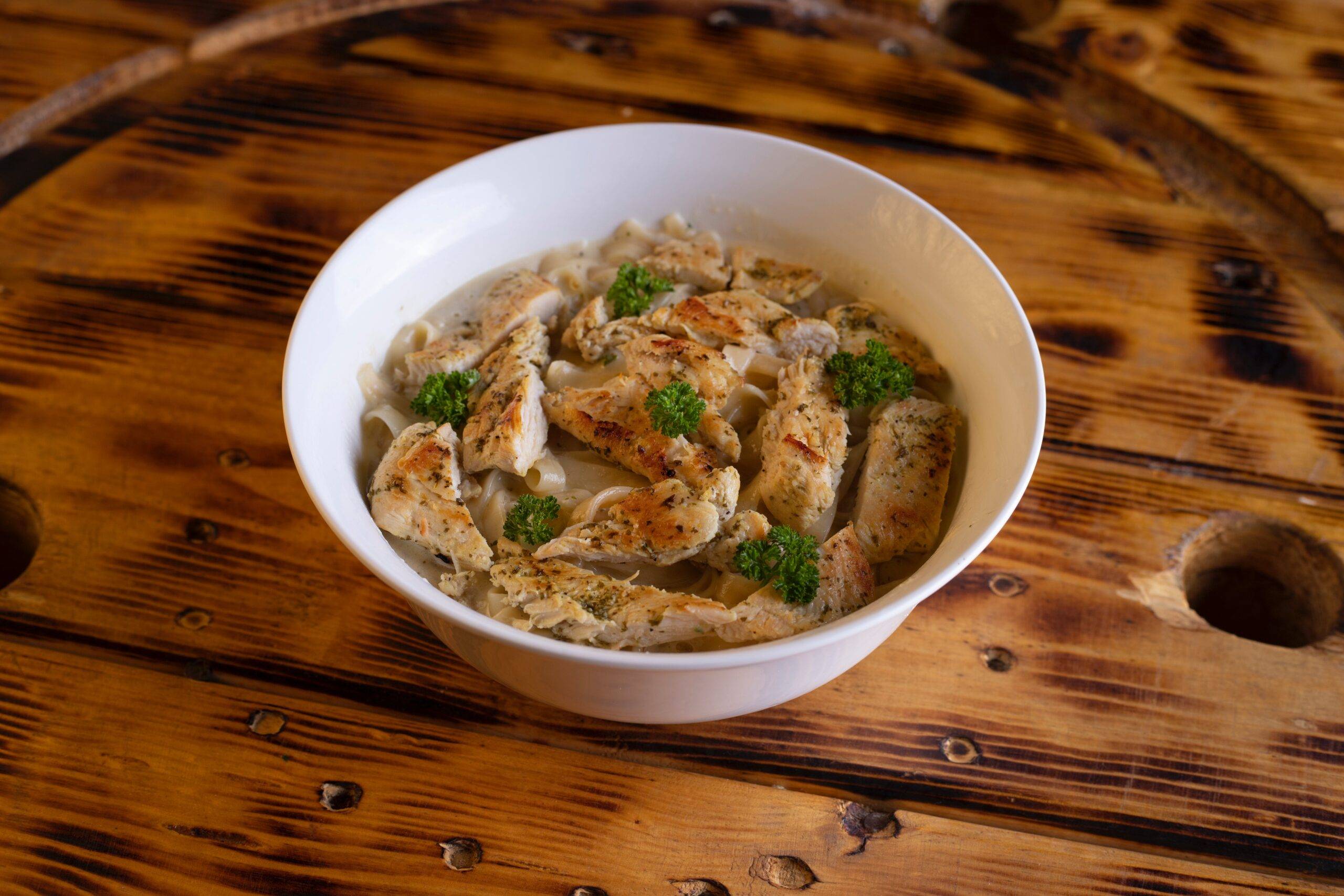Amazing Baking Sheets For Multi-Purpose Use
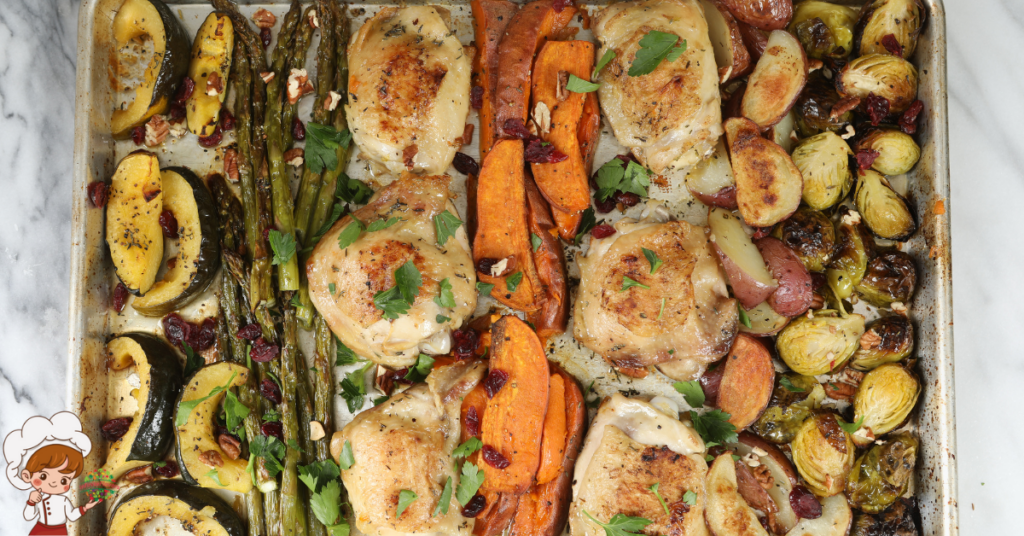
Amazing Baking Sheets For Multi-Purpose Use; Baking sheets are your kitchen’s best friend for multi-purpose use. You can choose from half-sheet pans for larger batches or quarter-sheets for smaller portions. Different materials, like aluminum and stainless steel, offer unique benefits; aluminum heats quickly, while stainless steel resists rust. Non-stick options save you cleanup time and are ideal for delicate items. Plus, these versatile sheets let you roast vegetables or bake cookies without needing multiple pans. With proper care, your baking sheets will last for years. Discover handy ways to maximize your baking sheets beyond the oven for even more options!
Types of Baking Sheets
When choosing baking sheets, you’ll find several types designed for different purposes and results in your kitchen. Each baking sheet type caters to specific cooking needs, so understanding the differences can enhance your baking experience.
First, consider the classic half-sheet pan. It’s versatile, measuring around 18 by 13 inches, and perfect for roasting veggies, baking cookies, or making sheet cakes. If you’re looking for something deeper, a quarter-sheet pan might be your best friend. It’s great for smaller portions or when you want to bake multiple items without overcrowding.
Next, you’ve got insulated baking sheets. These feature a layer of air between two sheets, ensuring even heat distribution. They’re fantastic for delicate cookies or pastries that require a gentle touch.
For those who love to bake pizza, a pizza stone or a perforated pizza pan is essential. The holes allow steam to escape, giving you that perfect crispy crust you crave.
Lastly, don’t forget about jelly roll pans. These are typically smaller and have raised edges, making them ideal for baking rolls or making desserts like brownies.
Understanding these baking sheet types will help you choose the right one for your culinary adventures. As you explore various baking sheet materials in the next section, remember that the type you select plays a vital role in achieving the results you desire. Happy baking!
Material Options Explained
Choosing the right material for your baking sheets can greatly impact your cooking results and overall experience in the kitchen. When you look at baking sheet materials, you’ll find several options, each with unique benefits and drawbacks.
Aluminum is a popular choice due to its excellent heat conductivity. It heats up quickly and distributes heat evenly, making it ideal for baking cookies and pastries. However, it can warp at high temperatures, so keep an eye on your oven settings.
Stainless steel is another option that’s durable and resistant to rust and staining. While it doesn’t conduct heat as well as aluminum, it’s perfect for roasting vegetables and meats, as it won’t react with acidic ingredients. You may notice a bit of uneven browning, but it’s a reliable choice overall.
If you’re looking for non-stick properties, consider silicone baking sheets. These are great for easy release and cleanup, but they don’t conduct heat as well as metal options. You might want to use them for delicate baked goods, but keep the temperature in mind.
Lastly, consider using stone or ceramic baking sheets. They retain heat exceptionally well, giving you a crispy crust on pizzas and bread. However, they can be quite heavy and may require a longer preheating time.
Features to Consider
When choosing a baking sheet, you need to think about a few key features. Consider the material’s durability, the size and dimensions that fit your needs, and the benefits of a non-stick coating. These factors will help you make the best choice for your baking tasks.
Material Durability Comparison
Understanding the durability of different baking sheet materials can make a considerable difference in your cooking experience. Selecting the right material affects not only your results but also how long your baking sheets will last. For instance, aluminum sheets are lightweight and excellent heat conductors, but they may warp over time if exposed to high temperatures. If you’re looking for material longevity, stainless steel is a solid choice; it’s resistant to warping and can withstand heavy use.
Non-stick surfaces provide easy food release, but their durability can vary greatly. While some brands undergo rigorous performance testing to guarantee longevity, others may lose their coating after a few uses. Remember, while non-stick options make cleanup a breeze, they might not hold up as well as their metal counterparts, especially under high heat.
Lastly, silicone baking mats can enhance durability when used on baking sheets, preventing scratches and extending their life. Ultimately, your choice should reflect both your cooking style and how often you plan to use them. Prioritize materials that align with your baking habits to guarantee a satisfying and long-lasting experience.
Size and Dimensions
The size and dimensions of your baking sheets can greatly influence the efficiency and effectiveness of your baking tasks. When selecting the right baking sheet, you’ll want to take into account standard measurements, typically around 18 by 13 inches for half sheets, which fit most ovens and offer ample space for a variety of recipes. However, size variations are available to suit your specific needs, whether you’re baking cookies, roasting vegetables, or preparing sheet cakes.
Smaller sheets may be ideal for individual servings or side dishes, while larger options can accommodate bigger batches. Think about your oven’s capacity and how many sheets you can fit at once. If you’re short on space, compact sizes can help you maximize your baking potential without overcrowding your kitchen.
Additionally, reflect on the depth of the baking sheet. Shallower pans are great for cookies, while deeper ones work well for lasagna or casseroles. By understanding the size and dimensions that best meet your baking requirements, you’ll guarantee more successful outcomes and make the most of your multi-purpose baking sheets.
Non-Stick Coating Benefits
Non-stick coatings on baking sheets can greatly enhance your baking experience by preventing food from sticking and making cleanup a breeze. One of the key non-stick advantages is that you won’t have to worry about your delicious creations clinging to the surface, allowing you to bake with confidence. Whether you’re whipping up cookies, roasting vegetables, or baking a sheet cake, a non-stick surface guarantees easy release and perfect results.
Another benefit is the minimal need for added oils or sprays, which can contribute to a healthier cooking option. Plus, since these sheets are easier to clean, you’ll save time in the kitchen. Just a simple wipe or rinse often does the trick.
However, keep in mind that coating maintenance is essential to prolong the lifespan of your non-stick baking sheets. Avoid using metal utensils that can scratch the surface, and opt for gentle cleaning methods. By properly caring for your non-stick sheets, you’ll continue to enjoy their benefits for years to come. Investing in a high-quality non-stick baking sheet can elevate your baking game and make your kitchen endeavors more enjoyable!
Benefits of Multi-Purpose Sheets
Multi-purpose baking sheets offer versatility that transforms your cooking experience, allowing you to seamlessly switch between baking cookies and roasting vegetables. This adaptability means you can use one sheet for various tasks, saving you time and effort in the kitchen. Instead of rummaging through your cabinets for different pans, you can easily grab your trusty multi-purpose sheet and get cooking.
One of the notable benefits of using multi-purpose baking sheets is their health benefits. When you roast vegetables on these sheets, you’re more likely to incorporate healthy meals into your diet. You can easily prepare a large batch of roasted veggies, which adds essential nutrients to your meals without the need for additional cookware. Plus, many multi-purpose sheets come with non-stick coatings, allowing you to use less oil while still achieving that perfect roast.
Cost effectiveness is another advantage you shouldn’t overlook. Investing in a high-quality multi-purpose baking sheet means you won’t have to buy multiple pans for different functions. This can greatly reduce your kitchen expenses in the long run. Additionally, fewer items mean less clutter in your kitchen, making it easier to stay organized.
Caring for Your Baking Sheets
Caring for your baking sheets is essential to assure they last and perform well, so you can keep whipping up delicious meals. Proper maintenance not only extends their lifespan but also assures consistent cooking results. Start by using the right cleaning techniques after each use. Avoid abrasive scrubbers that can scratch the surface; instead, opt for a soft sponge or cloth. For stubborn stains, soak the sheet in warm, soapy water for a bit before gently scrubbing.
Another key aspect of care is surface protection. If your baking sheets are non-stick, avoid using metal utensils, as they can damage the coating. Instead, use silicone or wooden utensils to preserve the non-stick layer. When storing your sheets, stack them carefully to avoid scratches; consider placing a soft cloth between them for extra protection.
If you notice discoloration or warping, it may be a sign that your sheets need extra attention. Avoid exposing them to extreme temperature changes, as this can lead to warping. Instead, allow them to cool gradually after use. For heavy-duty sheets, consider applying a thin layer of vegetable oil occasionally to maintain their non-stick properties and enhance their longevity.
Creative Uses Beyond Baking
Baking sheets aren’t just for cookies; they can be your go-to tool for a variety of creative cooking tasks. Instead of relegating them to the oven, think about how you can repurpose these versatile sheets in your kitchen and beyond. For instance, when you’re hosting a gathering, use baking sheets as serving trays. They’re perfect for displaying an array of snacks, from appetizers to desserts, making it easy for your guests to help themselves.
You can also get crafty with your baking sheets. If you’ve got some spare time, consider using them for creative crafts. A baking sheet can serve as a magnetic board for kids to play with letters or shapes, or you can cover it with fabric to create a personalized bulletin board for your home office. Just attach some magnets to the back of your craft items, and you’re all set!
Additionally, when you’re organizing your home, baking sheets can help keep things tidy. Use them to corral small items like craft supplies or tools, ensuring everything stays in one place. You can even turn them into a mini greenhouse by placing pots on a baking sheet and using it to catch excess water.
With a little imagination, baking sheets can transform from simple kitchen tools to multifunctional helpers in your everyday life. So, don’t hesitate to think outside the box and explore all the creative possibilities they offer!
Choosing the Right Size
When you’re picking a baking sheet, size matters more than you might think. You’ll want to contemplate standard sizes, specialty dimensions, and how much storage space you have available. Getting the right size can make all the difference in your baking and cooking experiences.
Standard Baking Sheet Sizes
Choosing the right baking sheet size can make all the difference in achieving perfectly baked treats. When it comes to standard sizes, most bakers rely on a few common dimensions that fit a variety of recipes. The most popular size is the half-sheet, measuring 18 by 13 inches. This versatile option works well for cookies, roasting vegetables, and even baking sheet cakes.
Another standard size is the quarter-sheet, which is 9 by 13 inches. This smaller size is perfect for batch baking or when you’re preparing a dish for a smaller gathering. If you’re working with larger recipes or need to maximize your oven space, the full-sheet size, at 26 by 18 inches, is ideal.
Keep in mind that some ovens may only accommodate certain dimensions, so it’s important to measure your oven before purchasing. Remember, the right baking sheet not only guarantees even heat distribution but also affects the texture and doneness of your creations. By selecting the appropriate standard size for your needs, you’ll set yourself up for success in the kitchen.
Specialty Pan Dimensions
Selecting the right specialty pan size can considerably impact the outcome of your recipes, whether you’re making a deep-dish pizza or a delicate souffle. Specialty pan shapes like rectangular, round, or square can dictate cooking times and textures, so it’s essential to choose wisely.
For instance, if you’re baking a cake, a 9-inch round pan will give you a different height and bake compared to an 8-inch round. The depth of the pan also plays a key role; deeper pans can lead to longer baking times. Consider your unique specialty uses: a tart pan with a removable bottom is perfect for savory quiches, while a muffin pan with varying cup sizes can create everything from mini quiches to standard muffins.
Always check your recipe for the recommended pan size, as adjusting can throw off your results. If you’re trying a new recipe, sticking to the specified dimensions will help guarantee success. Remember, the right specialty pan size can transform your cooking experience and elevate your dishes to the next level. So, invest time in selecting the perfect size to match your culinary creations!
Storage Considerations for Size
To optimize your kitchen space, consider the size of your baking sheets and how they’ll fit into your storage solutions. Baking sheets come in various dimensions, from standard half-sheet pans to larger commercial sizes. Choosing the right size not only affects your cooking but also how well they can be stored.
Measure your kitchen cabinets or drawers to guarantee your baking sheets can be easily accommodated. If you’re tight on space, look for sheets that can stack or fit in a vertical organizer. This way, you’ll make the most of your storage solutions while keeping your sheets accessible.
Consider your cooking habits, too. If you often bake in large batches, a couple of larger sheets may be more beneficial than several smaller ones. However, if you’re limited on space, a few versatile half-sheet pans can serve multiple purposes without hogging all your kitchen real estate.
Ultimately, the right size contributes to space optimization and helps maintain an organized kitchen. By carefully choosing baking sheets that fit your storage needs, you can streamline your cooking process and keep your kitchen clutter-free.
Top Brands to Consider
When it comes to baking sheets, several top brands stand out for their durability and performance, making them essential tools in any kitchen. If you’re in the market for quality baking sheets, you’ll want to take into account options from brands like Nordic Ware, USA Pan, and Calphalon. Each offers unique features that cater to different baking needs.
Nordic Ware is known for its heavy-duty aluminum sheets that promote even heat distribution, perfect for cookies and roasted vegetables. Their classic designs are a favorite among home bakers and professionals alike. USA Pan, on the other hand, features a patented non-stick coating and sturdy construction, ensuring your baked goods slide off easily and clean up is a breeze. Their sheets are also made in the USA, appealing to those who prioritize domestic manufacturing.
Calphalon rounds out the list with their hard-anodized aluminum sheets, which are both durable and non-stick. These sheets resist warping at high temperatures, making them a reliable choice for various baking tasks.
When making brand comparisons, it’s important to reflect on your specific needs. Are you looking for sheets that can handle high heat, or do you prioritize non-stick properties? Each brand has its strengths, and knowing what you value most will help you choose the best baking sheets for your kitchen. By investing in top baking brands, you’ll enhance your baking experience and achieve consistent results.
Tips for Better Baking
Improving your baking skills starts with understanding a few key techniques that can elevate your results. First, always preheat your oven. This guarantees that your baked goods rise properly and achieve that perfect texture. Use an oven thermometer to make certain your oven’s actual temperature matches the setting; it’s a small step that can make a big difference.
Next, measure your ingredients accurately. Use a kitchen scale for dry ingredients like flour and sugar, as this method provides precision. Remember, too much flour can lead to dry, crumbly results. If you need to make ingredient substitutions, do so thoughtfully. For example, if you’re out of eggs, you can use unsweetened applesauce or flaxseed meal mixed with water. These substitutions can maintain texture and flavor.
Another essential baking technique is to rotate your baking sheets halfway through the cooking time. This guarantees even baking and helps prevent any hot spots from burning your treats. If you’re using multiple sheets, consider swapping their positions in the oven to promote uniform cooking.
Lastly, allow your baked goods to cool completely before serving. This step enhances texture and flavor, allowing the structure to set properly. By honing these baking techniques and understanding how to navigate ingredient substitutions, you’ll reveal the potential for delicious results every time you bake. So gather your supplies, follow these tips, and enjoy the process!
Frequently Asked Questions: Amazing Baking Sheets For Multi-Purpose Use
Can I Use Baking Sheets on the Grill?
Yes, you can use baking sheets on the grill! Just make certain they’re heat-resistant. This technique offers great grilling alternatives, allowing you to experiment with different grilling techniques while keeping your food from falling through the grates.
How Do I Prevent Food From Sticking to Baking Sheets?
To prevent food from sticking to baking sheets, you can use non-stick sprays or line them with parchment paper. Both methods create a barrier, ensuring your dishes come off easily and stay intact.
Are Baking Sheets Safe for Use in the Microwave?
When it comes to microwave safety, you need to check your baking sheet materials. Not all sheets are microwave-safe; avoid those with metal elements. Opt for glass or silicone options for safe microwave use.
What Is the Best Way to Store Baking Sheets?
To store baking sheets effectively, prioritize baking sheet organization. Stack them vertically or horizontally, depending on their materials, to minimize scratches and maximize space. Use dividers or drawer organizers to keep everything neat and accessible.
Can I Use Aluminum Foil on Baking Sheets?
Yes, you can use aluminum foil on baking sheets. It helps with easy cleanup and prevents sticking. Just make sure it’s properly secured and doesn’t touch the oven’s heating elements for safety. Enjoy your cooking!
Conclusion
To summarize, investing in multi-purpose baking sheets can elevate your cooking game. With various materials, sizes, and features to choose from, you can find the perfect sheet for your needs. Don’t forget to care for them properly to guarantee they last. Plus, with creative uses beyond just baking, your kitchen adventures can expand even further. So go ahead, pick the right baking sheet, and enjoy all the delicious possibilities it brings!

